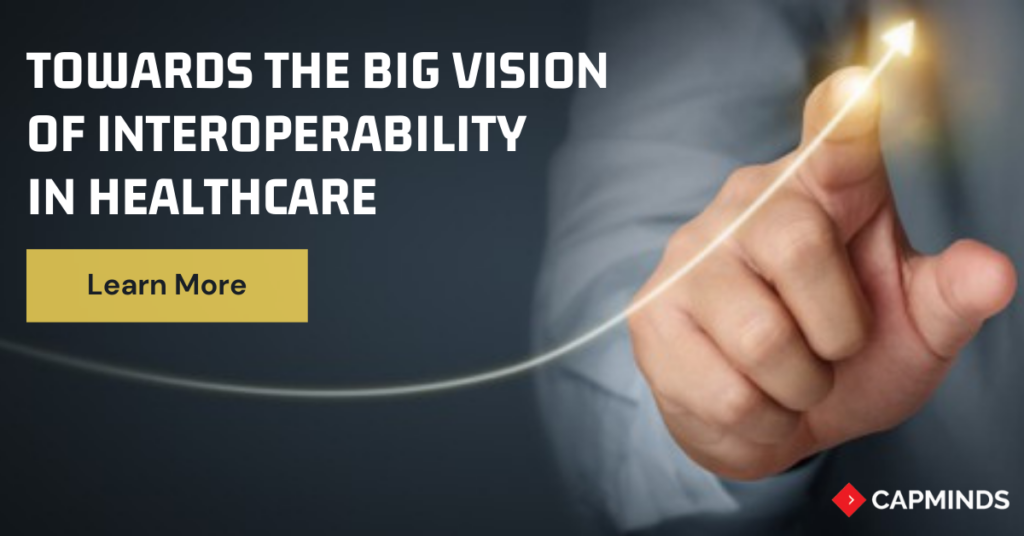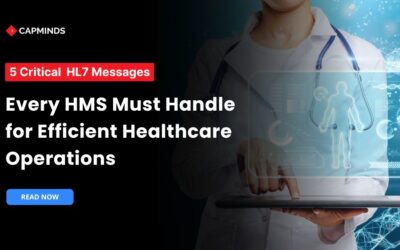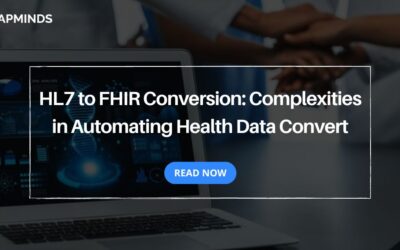Towards The Big Vision Of Interoperability In Healthcare
Healthcare
data exchange will be efficient across the healthcare system and routine for
individual organisations and their clients. Although the federal requirements
created a path to more streamlined data exchange, health data interoperability
is effective in progress today.
While the
health technology companies are at numerous stages right from start-up to
establishment – most of the crucial challenges are related to data exchange or
interoperability. The difficulties mainly based on the data access and sharing
with electronic health records (EHRs).
- Each and every healthcare firm are set with some goals and priorities which include:
- Clearly showing the health data integration as a capability.
- Reducing the time spent on troubleshooting issues related to data integration.
- Pivoting quickly to new opportunities
- Forging strategic relationships with partners
The
challenges related to healthcare interoperability always depends upon these
important business goals.

Interoperability challenges mess up practice workflows
As
healthtech firms are dedicated most of their time and resources to
interoperability, they find EHR as a big pillar and the entire process is full
or challenges to overcome.
The shift in meaningful workflows depends on the ability to move from the EHR into a third party stem or from third party software to the EHR system. Above all, the EHR system which you are using for your practice must stay up-to-date for quality data management and increased productivity.
Whether the
software is a personal health records or remote patient monitoring application
deployed by a healthcare provider or a health plan; all use cases have a
similar pattern. Here integrating health data from the EHR and sending back to
it is very challenging in improving both clinical and financial outcomes and it
is very crucial for the patient cantered healthcare. Here are some of the
expert tips to achieve positive outcomes.
Tips to achieve patient-cantered healthcare
- Connecting both clinical care and public health ecosystem for effective care coordination.
- Collecting health data from wearables and remote patient monitoring devices and adding into the patient’s EHR for more proactive treatment options.
- Seamless data exchange across and within the health record systems.
- Building a strong connections between urgent care visits, virtual health, and every other patient care interaction
- Sharing patient data with newly implemented tools like patient portal for better patient experience.
- Supporting health analytics with reliable data sets for healthcare
How the difficulties
with data integration make data exchange slower?
The
healthcare organisation who get started with the EMR data may be realised that
the integration process is not that much easier to do it quickly. The integration experience varies for EHR to
EHR. The health IT vendors clearly knows that the implementations of EHR vary
and highly customizable. These customized builds make EHR data integration very
challenging.
EHRs were
often designed to not easily share health data. Because of the evolving nature
of healthcare, sharing this data is now very important. This results in
complicated EHR integrations. Even when healthcare organisations merge with
other organisations that make use of the same vendor’s EHR, integrating the
data is still complex because of different versions and data specifics. To
overcome these difficulties, EHRs are required to support FHIR API in future.
Why healthcare providers are turning to interoperability experts?
Health
technology companies are finding that an interoperability partner can
accelerate time to market and time to value. When a partner provides an
interoperability solution with transparency and experts with longevity, the
healthcare technology company can focus on its core business or service. A few
benefits of this approach include:
Access to
expertise. An experienced healthcare interoperability partner will have deep
familiarity with EHR builds, healthcare data standards, and the
regulatory/security concerns of healthcare provider organizations
Time
savings. Every go-live will be more streamlined, while the partner does the
heavy lifting of technical work and project management. The interoperability
partner will manage the build, testing, go-live, and ongoing
maintenance/monitoring, saving significant time for the digital health company.
Pivot
immediately. Interoperability doesn’t have to be a barrier to pursuing a new
use case or market, or even to a merger and acquisition scenario.
Scale as
needed. Rather than investing in a whole team of FTE experts in health data
standards, the company can scale up its support for go-lives and down again for
maintenance, as needed.
Respond to any
scenario. A versatile interoperability partner will have many tools in their
toolbox, from expertise in FHIR and other APIs to deep knowledge of HL7, XML
CDA, DICOM, X12, or even non-standard options such as SFTP.
Go beyond
FHIR APIs. A fully managed solution can work flexibly with health data to push
and pull, read and write, going beyond current FHIR API capabilities.
Know that
data is safeguarded. With current security concerns, an interoperability
partner can handle time-intensive security work, including ensuring that the
data exchange includes redundancy and disaster recovery.
Final
Thoughts
The proven healthcare integration solutions are helping digital health organisations bring customers and manage resources efficiently. With the help of right interoperability partner like CapMinds, healthcare data exchange becomes faster, secure reliable and most importantly creates an opportunity to build trust.

 Author: Pandi Paramasivan
Author: Pandi Paramasivan

